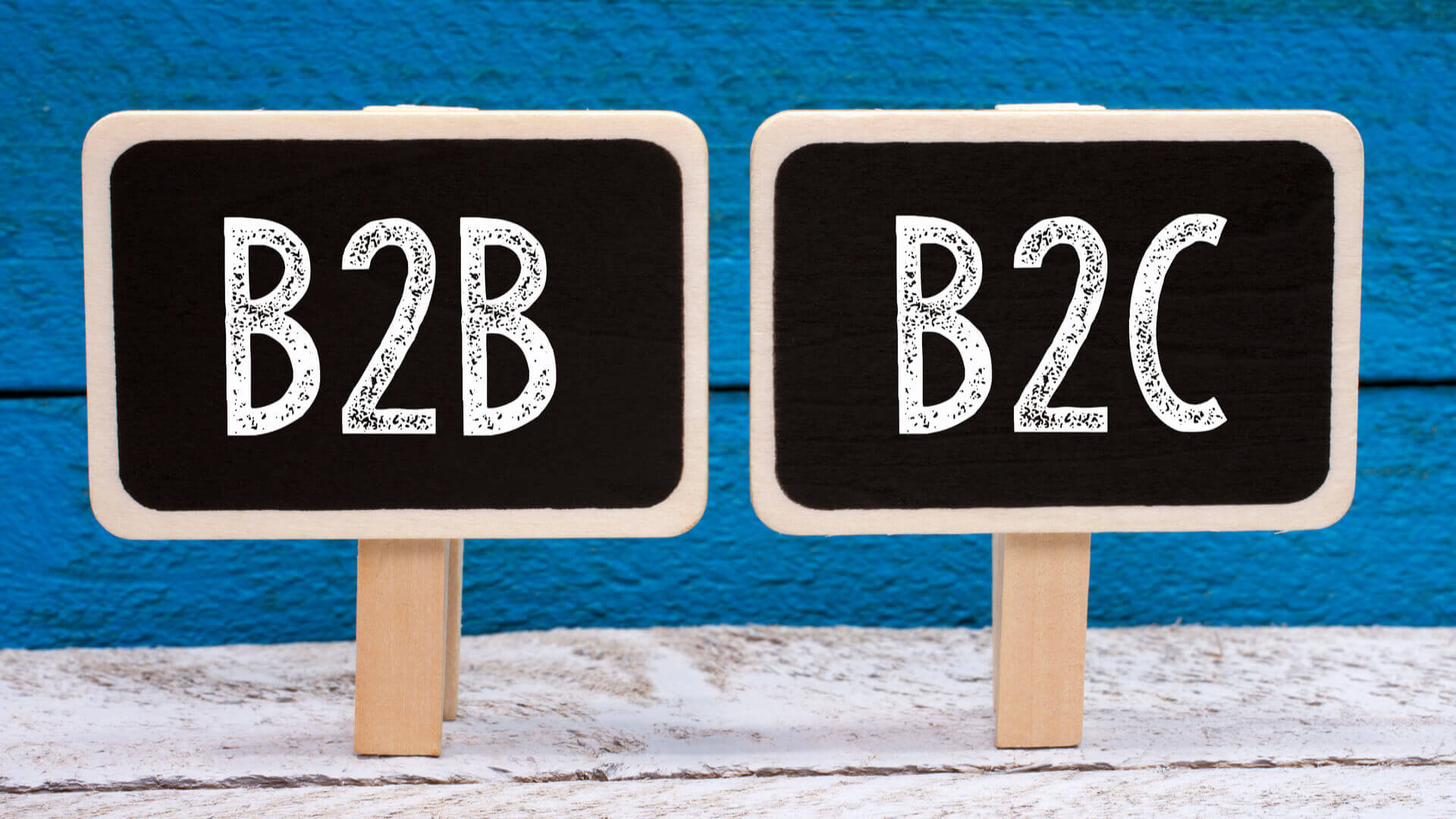
I recently jumped from a B2C marketing department at Western Governors University (WGU) in the online higher education sector to a B2B marketing department at Zuora that provides subscription management software in the SaaS space. This change has made me think about the value of the B2B and B2C categories.
Perhaps it is more helpful to consider the differences between industries instead of differences between B2B and B2C. For instance, there are definitely differences between the online higher education and SaaS sectors, and that’s where I’m noticing the source of most of the differences in my current situation.
While I believe that the B2B and B2C categories have utility, I’m not sure how useful they are for my experience as a martech maestro. It is very likely, however, that they have significant utility for other marketing operations and technology practitioners.
Not such a clean-cut distinction
There are many ways to distinguish B2B from B2C. For instance, B2B might imply that more than one person is involved in decision-making, while in the B2C context it may only involve one person. However, to state the obvious, that’s not always the case.
An SEO tool that costs only a hundred or so dollars a month is a B2B situation that really doesn’t require many people. Someone as junior as an intern can select it and simply ask a superior who can quickly approve. They then can pay for it using a corporate card without much fuss. Not all B2B products are really so expensive or complicated that they require many stakeholders to evaluate and approve over a long period of time.
WGU provides low-cost bachelor’s and master’s degrees with flexibility. With the exception of the group that tries to strike and sustain partnerships with businesses and organizations to help incentivize their employees to pursue a WGU degree with a discount as a perk, WGU’s marketing efforts are mainly B2C.
Despite the great value, a prospective student likely needs to consult with a partner or employer to discuss finances — let alone make arrangements for lifestyle factors like childcare, as a student has to commit significant amounts of time over several years. Thus college degree programs and other high ticket items (some electronics, automobiles, travel, real estate, etc.) can require significant input and agreement from several different people, and that can take plenty of time.
Similarities between B2B and B2C
Further, B2B and B2C marketing share plenty of common aspects.
Most marketing departments need websites, analytics, marketing automation, CRMs, and many other major types of systems. Data hygiene is certainly important in both contexts, too. Additionally, marketing involves persuasion, segmentation, targeting, research, creativity, and many other tactics regardless of the context.
B2B marketers use firmographics and technographics for their ICP/TAM models, while B2C marketers use demographics and consumer research for their personas and lookalike modeling. Heck, one could argue that technographics apply to B2C; an iPhone case maker certainly doesn’t want to expend money and effort marketing to Android phone owners.
Besides, both B2B and B2C marketers themselves deal with plenty of B2B marketers as they research, procure and use various stack components.
The maestro perspective
Martech maestros keep a strategic view over the entire tech stack. Thus, they’re generalists, in a sense, when it comes to individual components and they help orchestrate the bigger picture. I argue that this is a benefit since a maestro can help a component-owner or power-user see a broader perspective than they get from working in the weeds with the component. The maestro can help identify and test assumptions and see how the component fits with the department and organization’s broader stack.
Therefore, while maestros should have a good idea of how various types of systems function (CMS, CRM, DAM, etc.), they will likely have to continually deal with all sorts of situations as stacks have a lot of components. That means that there is always something new to learn. Whether they’re assisting with a B2B ABM platform or a B2C-focused CDP, they should employ similar strategies and frameworks to help the stakeholders make more deliberate decisions, interact with other stakeholders and ensure favorable ROI.
Why we should care
As business professionals, we use broad categorizations and labels to help us better understand what we do and what others do. When we use B2B and B2C in marketing, we need to remember that these two broad categories aren’t as clear-cut as they may appear. Thus, we may make inaccurate assumptions and decisions regarding a situation or interact amongst ourselves.
For instance, when we discuss different case studies and tactics, we sometimes discount the value of listening and considering insights than the other context. While insights may not translate from a B2B situation to a B2C one (or vice versa), the different categorizations may not be the driving force in that disconnect. Something else might be the culprit. Further, a B2B insight may apply to a B2C situation. Finally, B2C insights don’t universally apply to all B2C situations, and vice versa.
Conclusion
The B2B and B2C categorizations certainly offer value. But do they provide significant value in the context of marketing operations and technology? At least when it comes to maestros and overall stack orchestration, they don’t seem to offer much value — at least not from my perspective.
I’m interested to hear what you all think. For instance, should we indicate which type of marketing we work in? I’m going back and forth on how to represent this, for instance, on my LinkedIn profile.




